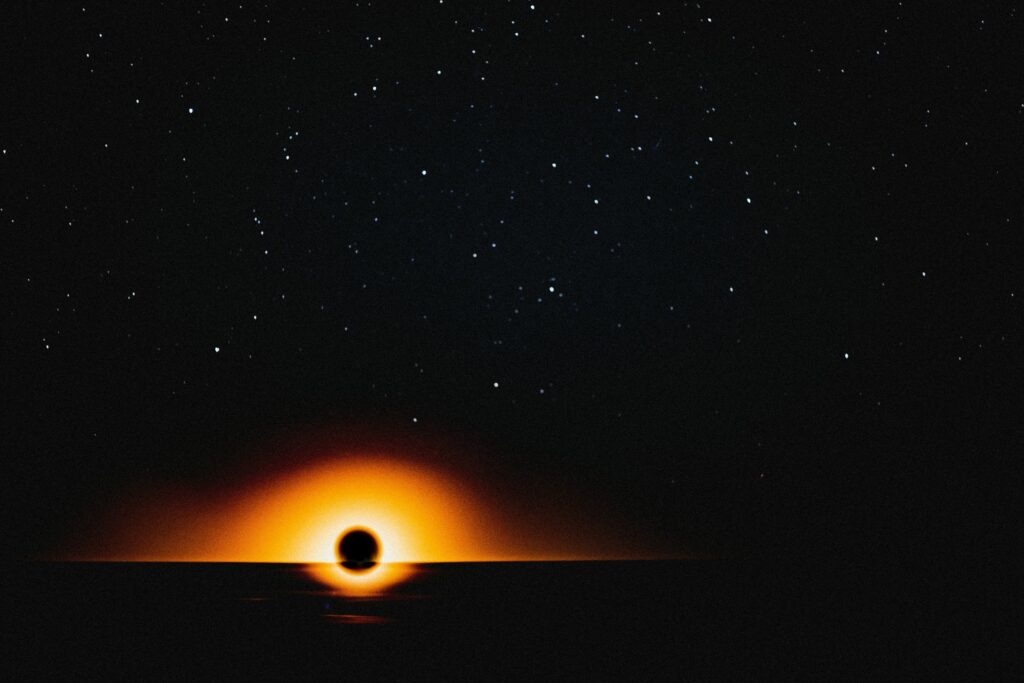
The Event Horizon Telescope (EHT), an international scientific collaboration that in 2019 published the first image of a black hole, has recently released new images of M87*, the supermassive black hole at the centre of the galaxy Messier 87, which lives 55 million light years away from Earth.
The new images were “captured” also thanks to researchers from the National Institute for Astrophysics (INAF), the National institute for Nuclear Physics (INFN), the University of Naples “Federico II” and the University of Cagliari, EHT members, and were published in the Astronomy & Astrophysics journal. The images show that the brightest part of the ring has shifted by about 30° relative from 2017, over one year, which is consistent with the theory of variability of turbulent material around black holes.
Images were obtained using data from observations taken in April 2018, one year after data that led to the image released in 2019 had been collected. Thanks to the participation of the new Greenland Telescope (which joined EHT for the first time in 2018) and to the upgrade of all telescopes of the EHT network, the images give us an independent view from the first observations in 2017. The Large Millimeter Telescope (LMT), the telescope operating in Mexico, also participated in data collection greatly improving its sensitivity.
The analysis of the 2018 data features eight independent imaging and modelling techniques, including methods used in the previous 2017 analysis of M87* and new ones developed from the collaboration’s experience analysing Sgr A*, black hole at the centre of our. “Also in this case, we have used different imagining algorithms and modelling techniques to obtain this new independent reconstruction of M87*,” explained Rocco Lico, INAF researcher affiliated to the Instituto de Astrofísica de Andalucía (IAA-CSIC).
The new era of black hole direct imaging opened a new window that allows scientists to test the theory of general relativity at a fundamental level. Theoretical models tell researchers that the state of the material around M87* should be uncorrelated between 2017 and 2018. Thus, multiple observations of M87* will help them place independent constraints on the plasma and magnetic field structure around the black hole and help them disentangle the complicated astrophysics from the effects of general relativity.
“The biggest change, that the brightness peak shifted around the ring, is actually something we predicted when we published the first results in 2019”, said Britt Jeter, researcher of the Academia Sinica Institute for Astronomy and Astrophysics in Taiwan. “While general relativity says the ring size should stay pretty fixed, the emission from the turbulent, messy accretion disk around the black hole will cause the brightest part of the ring to wobble around a common centre. The amount of wobble we see over time is something we can use to test our theories for the magnetic field and plasma environment around the black hole.”
The EHT conducted successful observations also in 2021 and 2022 and is scheduled to observe in the first half of 2024. Each year, the EHT array has improved in some way, either through the addition of new telescopes, better hardware, or additional observing frequencies; all these advances will allow EHT to provide new important data on black holes.

